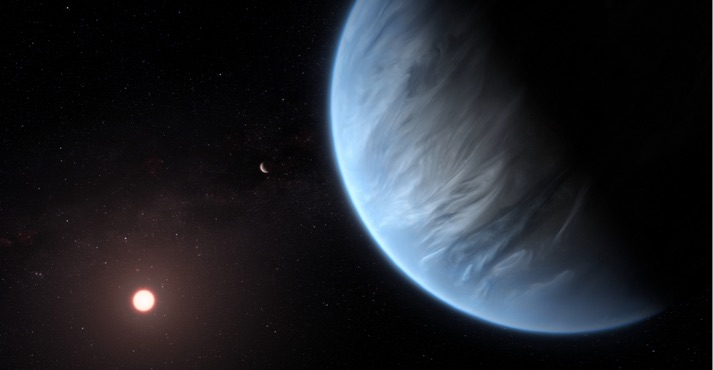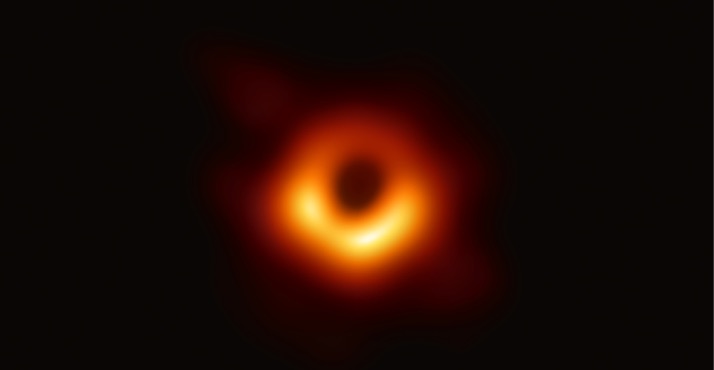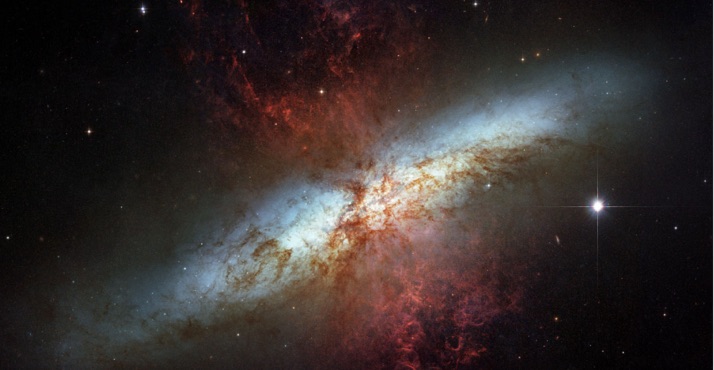
This is a special article focusing on the 2020 Decadal Survey on Astronomy and Astrophysics. Normally released every ten years, these mammoth reports are the work of hundreds of researchers who collect and distill feedback from the entire astronomical community on topics ranging from what are the most important research questions, what is the most needed instrumentation, and how do we need to work to improve our field.
In a perfect world, funding agencies like the National Science Foundation and NASA will use the findings in this report to set long-term priorities, although we have often found that presidents and Congress are likely to put their own spins on things when setting budgets.
Starting in late 2018, this decade’s report is coming out late due to problems ranging from the 35-day government shutdown that spanned from late 2018 to January 2019, and the COVID pandemic. Released November 4, this 589-page document is a lot to digest, and in this episode, I’m going to do my best to bring you highlights on how the astronomy community wants to focus its explorations of our universe for the next ten or at least eight-ish years.
Scientifically, it’s recommended that efforts focus on three broad themes, and here I quote from the report: Worlds and Suns in Context, Cosmic Ecosystems, and New Messengers and New Physics. Put another way, things are broken down into solar systems in context, the galaxies and broader universe those solar systems are in, and the weird physics that lets us study the universe with things other than light.
According to the report: The science theme of Worlds and Suns in Context captures the quest to understand the interconnected systems of stars and the worlds orbiting them, tracing them from the nascent disks of dust and gas from which they form, through the formation and evolution of the vast array of extrasolar planetary systems so wildly different than the one in which Earth resides.

In defining how to advance this new research forward, defining pathways to habitable worlds is put front and center, with the goal of trying to discover worlds that could resemble Earth and answer the fundamental question: ‘Are we alone?’
It is time to fund research and instrumentation necessary to study planetary atmospheres to look for the biosignatures of life altering the world it lives on. This includes looking ahead to looking for planets transiting the most common stars – cool, red, M-dwarfs – using the JWST. The importance of looking for life is articulated in a way I have to share: If planets like Earth are rare, our own world becomes even more precious. If we do discover the signature of life in another planetary system, it will change our place in the universe in a way not seen since the days of Copernicus—placing Earth among a community and continuum of worlds. The coming decades will set humanity down a path to determine whether we are alone.
In looking at Cosmic Ecosystems, the Decadal Survey reminds us: A major advance in recent years has been the realization that the physical processes taking place on all scales are intimately interconnected, and that the universe and all its constituent systems are part of a constantly evolving ecosystem.
Carl Sagan once said that to build an apple pie you have to first build a universe, and the Decadal Survey reminds us that to understand our solar system, we need to understand how to build a galaxy. The priority area for research in this area is “Unveiling the Drivers of Galaxy Growth” and understanding how our universe evolved from the slight fluctuations in mass we saw after the formation of the Cosmic Microwave Background to the amazingly diverse web of structures we see today.
The survey explains that: The New Messengers and New Physics theme captures the key scientific questions associated with a broad range of inquiries, from astronomical constraints on the nature of dark matter and dark energy to the new astrophysics enabled by combined observations with particles, neutrinos, gravitational waves, and light.

And the survey goes on to say that of all these weird new things, we as a field should focus on “New Windows on the Dynamic Universe” and look at how some of the most energetic events in the universe, like the collisions of black holes and explosions of stars, can be studied not just with light but also with neutrinos and even gravitational waves. Understanding how to do it and building the infrastructure necessary to succeed at this kind of Multi-Messenger Astronomy is seen as one of the most important areas for astronomy research.
With the release of the 2020 Decadal Survey, astronomers are getting a taste of what future spacecraft and ground-based observatories are being labeled as a priority to build.
One of the most exciting parts of this Decadal Survey is the call to maintain a steady stream of smaller and midsized projects that are regularly competed and can be designed to reflect the changing needs of the field as both new technology is developed and new discoveries are made. This flexibility has been somewhat missing in the past decade, where massive items, like JWST, the Atacama Large Millimeter/submillimeter Array (ALMA), the Large-aperture Synoptic Survey Telescope (LSST), and the Thirty Meter Telescope (TMT) took priority and emptied budgets.
This regular cadence also has the benefit of allowing new generations of astronomers to get opportunities to be part of new programs from beginning to end and get the experience they’ll need to be leaders on the next generation of missions. When projects like JWST take more than a generation from planning to eventual launch, you don’t really have a chance to incubate new talent that is still young when they start building their own ideas. It’s exciting to imagine a return to regular new projects coming into fruition as graduate students go from helping to build instruments to operating new systems as postdocs and proposing the next generation while still in their early career.
More Information
The National Academies of Sciences, Engineering, and Medicine
AAS press release
NOIRLab press release
NRAO press release
US astronomy’s 10-year plan is super-ambitious (Nature)
Hunt for Alien Life Tops Next-Gen Wish List for U.S. Astronomy (Scientific American)
Astronomers Announce Priorities for Next Decade (Sky & Telescope)




 Join the Crew!
Join the Crew!
 Escape Velocity Space News
Escape Velocity Space News
Brilliant synopsis of the decadal survey! Thank you. It is an exciting, challenging call to a new generation that focuses on getting to the root of what it means to be an observer in the universe.